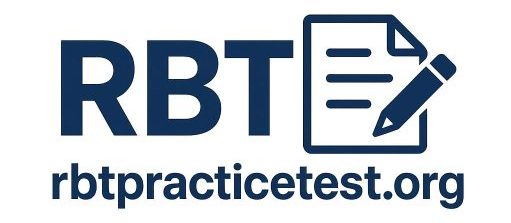RBT Practice Exam – Test 4
This small RBT test offers another set of 50 free questions to boost your confidence through a real test experience.
After completing the test, you’ll receive your score and correct answers. Use these insights to analyze incorrect responses, target weak areas, and make final adjustments before test day.
Are you ready to take a full test?
Finish your practice test already? You’re one step closer to exam day. Let’s continue with our free 75-question Practice Exam to walk into the RBT practice exam with confidence and pass in you first attempt.
